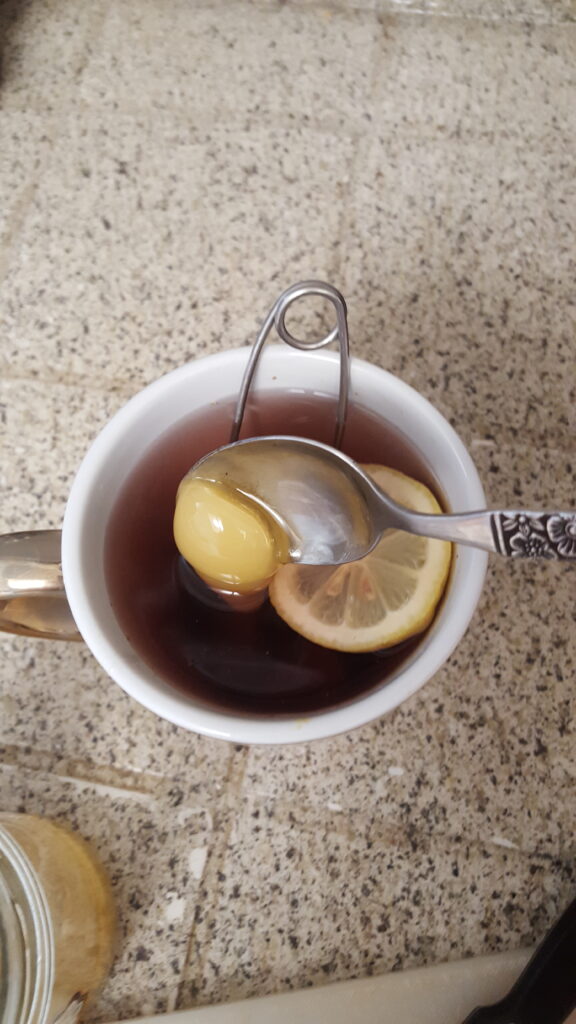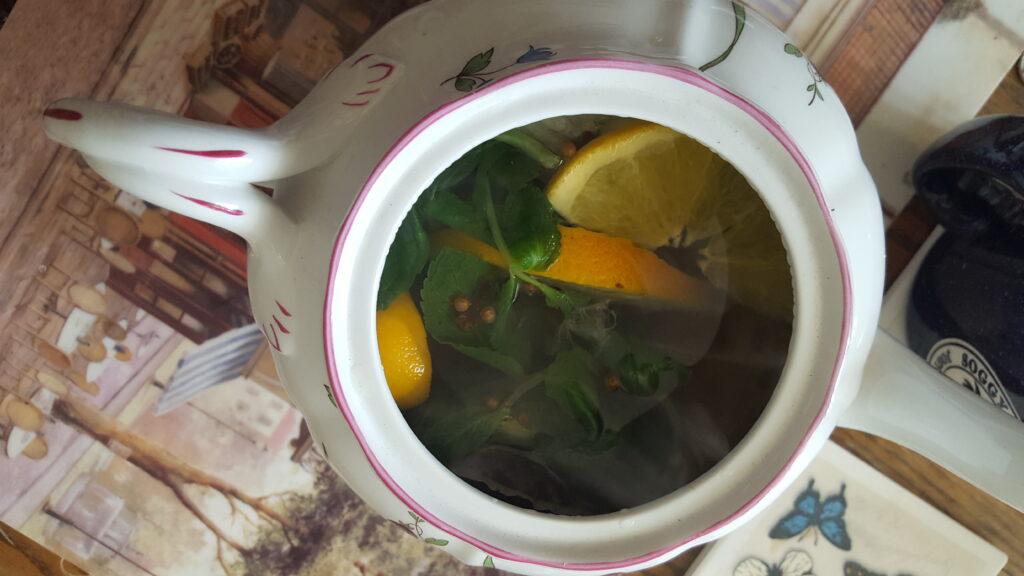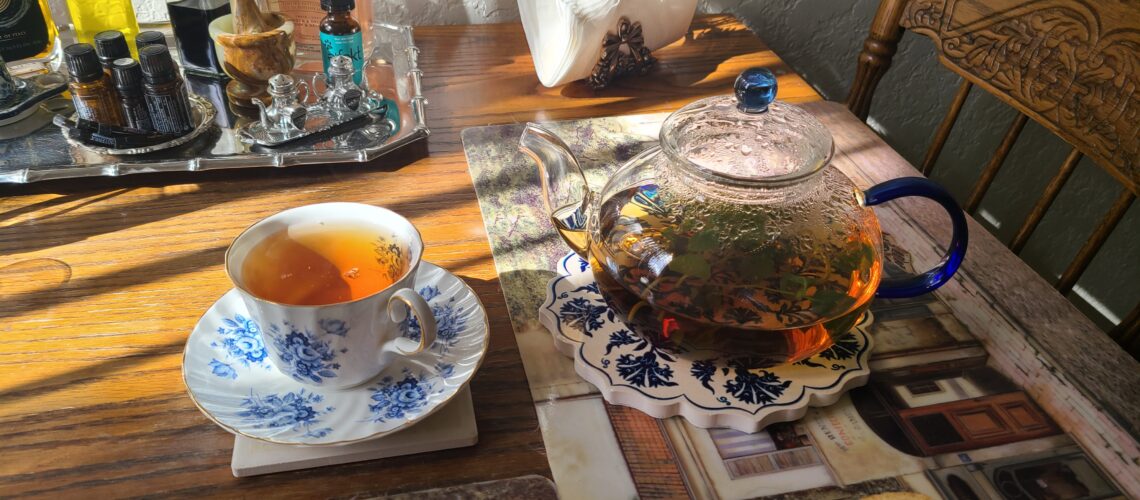
April 10, 2023
Tea – part 1 – history
During a long wandering in the forest in search of edible grains and herbs, the tired Shennong, the Divine Farmer, mistakenly poisoned himself 72 times. However, before the poisons took his life, a leaf flew into his mouth. Chewing it, he recovered, and thus tea was discovered. At least that’s what the ancient legend says.
In fact, tea does not cure poisoning, but the story of Shennong, the mythical Chinese agricultural inventor, highlights the importance of tea in ancient China. Archaeological findings suggest that tea was cultivated there as early as 6,000 years ago, 1,500 years before the pharaohs built the great pyramids of Giza. The first Chinese tea is of the same type that is grown all over the world today. In the beginning, it was eaten in a completely different way. It was eaten like a vegetable or cooked with oatmeal.
It wasn’t until 1,500 years ago that people realized that the combination of heat and moisture could create the complex and varied flavor of green leaves. After hundreds of years of changes in the method of preparation, heating the tea, packing it in easy-to-carry bags, grinding it into a powder and mixing it with hot water became accepted.
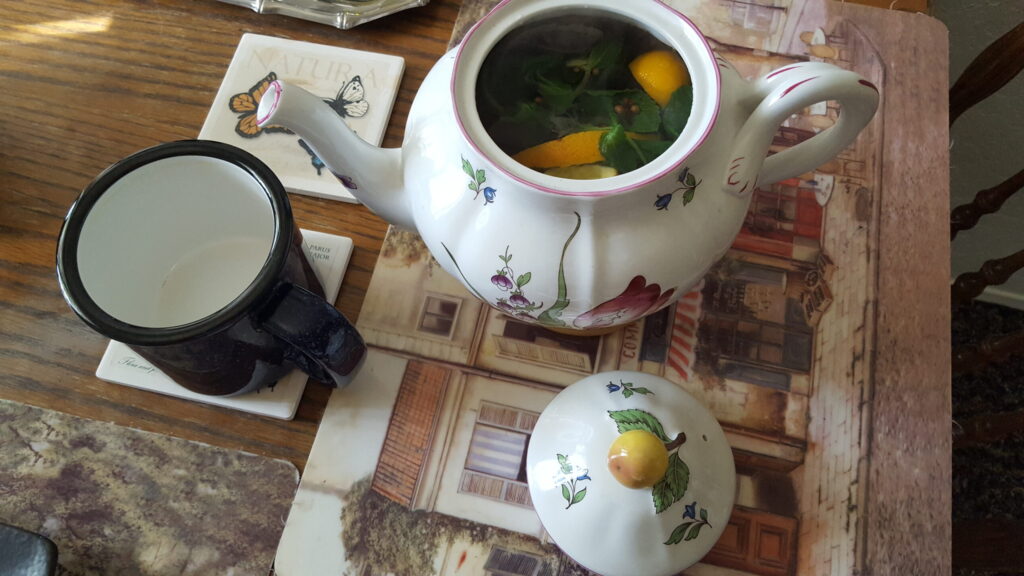
Tea was the subject of books and poetry, the favorite drink of emperors and the medium of artists who painted pictures in the froth of tea very similar to the latte art we see in coffeehouses today.
In the 9th century, during the Tang Dynasty, a Japanese monk brought the first tea plant to Japan. Over time, the Japanese developed their own unique tea rituals, leading to the creation of the Japanese tea ceremony.
In the 14th century, during the Ming dynasty, the Chinese emperor changed the method of packaging tea, from compressed tea bags to loose tea leaves. At that time, China still had a worldwide monopoly on the tea plant, making it one of China’s three main exports, along with porcelain and silk. This gave China great power and economic influence as tea drinking spread throughout the world.
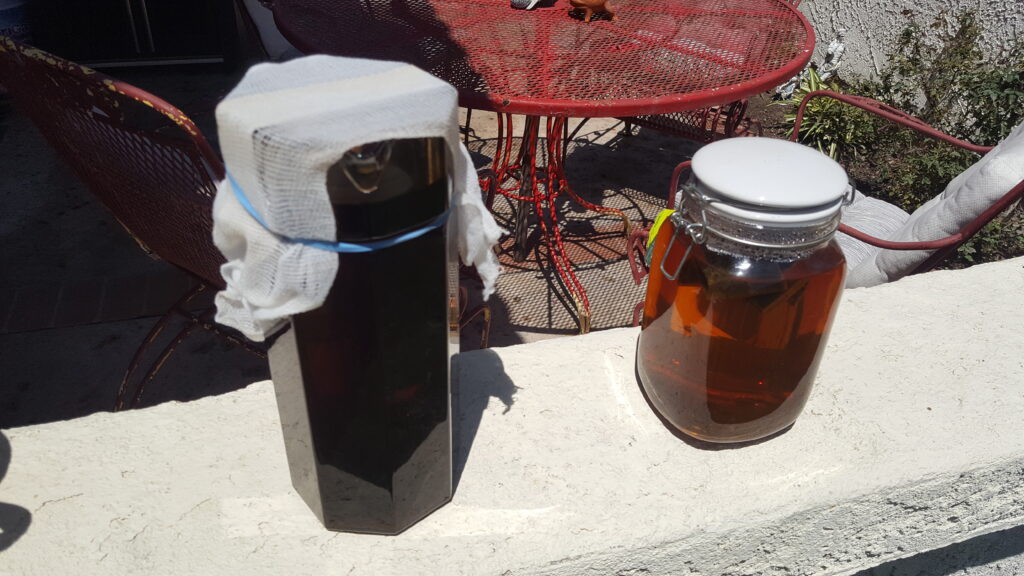
The expansion began in earnest in the early 17th century, when Dutch traders brought tea to Europe in large quantities. The popularization of tea among the English aristocracy is often credited to Queen Catherine of Bragança when she married Charles II of England in 1661. Meanwhile, Britain was expanding its colonial influence and becoming a new world power. At the same time, the interest in tea in the world was also growing.
At the beginning of the 18th century, tea in Europe cost 10 times more than coffee, and the bushes were still grown only in China. The trade in it was so profitable that the world’s fastest ship, the clipper, was spawned by intense competition from Western trading companies. Everyone wanted to be the first to bring tea to Europe and increase the income. Originally, Britain paid for tea in silver. When this turned out to be too expensive, it was proposed to replace the tea with another substance – opium. This caused widespread health problems in China as people became addicted to the drug. In 1839, a Chinese official ordered his subordinates to destroy large British opium shipments in defiance of British influence in China. This incident sparked the First Opium War between the two nations. Fighting on the Chinese coast continued until 1842, when the defeated Qing dynasty ceded the port of Hong Kong to the British and resumed trade on unfavorable terms. The war weakened China’s position in the world for over 100 years.
The British East India Company also wanted to grow tea and control the market more. So she commissioned botanist Robert Fortune to secretly steal tea plants from China. Disguised, he made a dangerous journey through the Chinese mountains and smuggled tea plants and experienced growers to Darjeeling in India. From here, the seedling spread further, quickly making tea an everyday commodity.
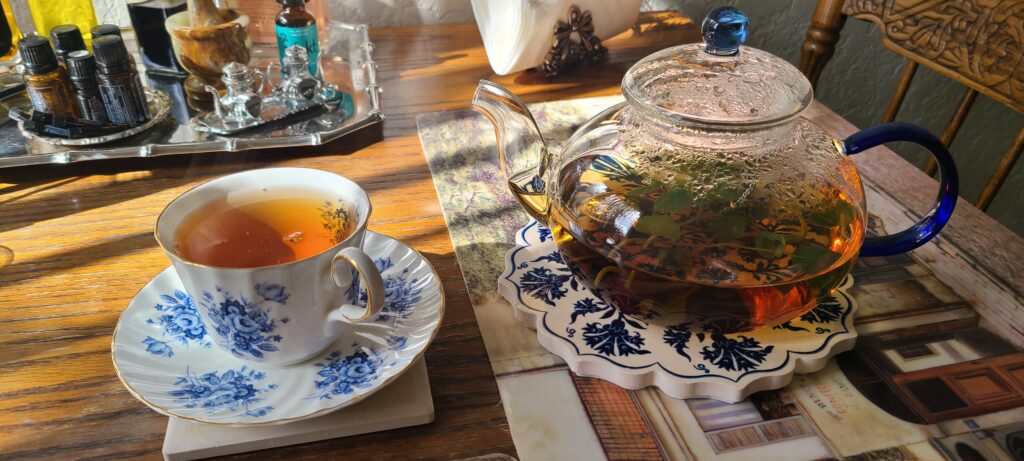
Today, tea is the second most common beverage after water. From sweet Turkish Rize tea to brackish Tibetan butter tea, there are almost as many ways to brew it as there are cultures in the world.
The most famous and oldest tea trees grow in China’s Yunnan forest. They are over 32 m high, and their age is estimated at about 1700 years. In tea plantations, it is cut to the height of the bush, which measures about 1.50 m, to facilitate harvesting.
The cultivation and production of tea is a very complex and demanding process. On acidic soil in a warm, humid climate, at an altitude of about 2,000 meters m, two basic varieties are cultivated: the Chinese Camelia sinensis and the Indian Camelia assamica.
The first harvestable leaves appear after 3-5 years. They are picked all year round, on average every 10 days. The leaves are spread out on mesh tables, on which they lie for several hours. As they wither, they lose most of their water. If a leaf tea is to be made from them, they are dried and broken. To make granulated tea, they are crushed, torn and rolled.
Then the raw material is subjected to the fermentation process: the oxygen contained in the air penetrates into the crushed leaves. Thanks to this, they change color from green to red-orange, and the tea acquires its aroma.
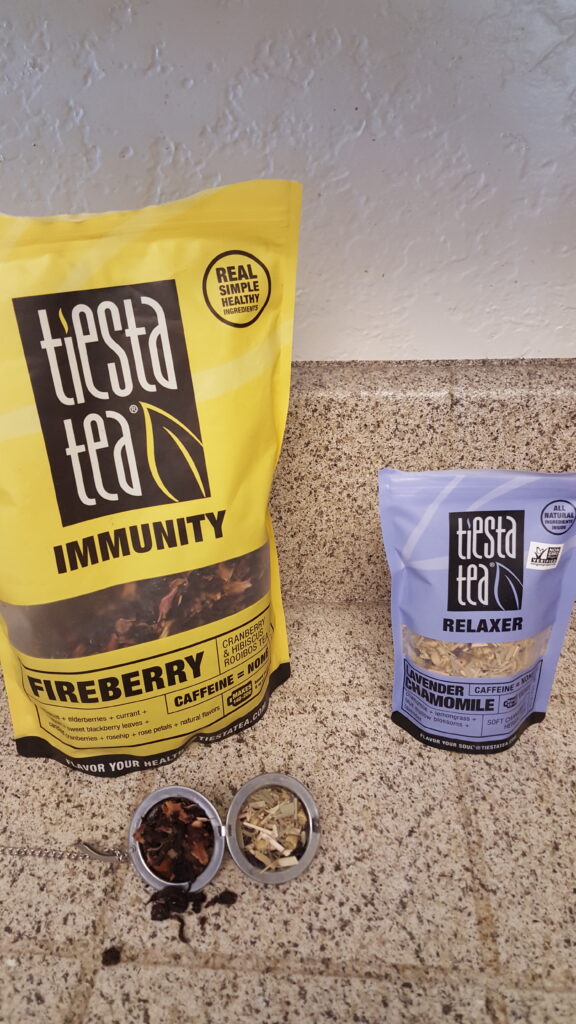

From this, among others depends on whether the tea is black, green, red, yellow or white. The last stage of processing is heating – a stream of hot air passes through the tea, which stops all chemical processes. After this stage, the color, flavor and aroma are fixed.
During all these processes, the raw material is additionally screened. This is how it is selected: leaf tea remains on the sieve, and the dried material that passes through it is called broken tea. The dust remaining after the last sifting is used to produce express teas.
Some types of tea are subjected to “ageing” similarly to wine – they mature in cool and dry rooms for several years.
For Poles, tea has long been one of the most popular beverages. The fashion for drinking tea came to us from Russia in the 19th century with the tsarist army, which did not prevent the popularity of this drink.
